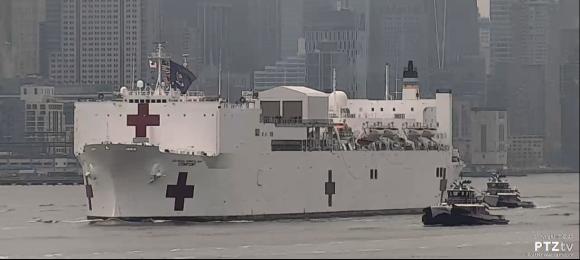 US military doctors, nurses, and technicians are among the best in the world, able to step in and to do their jobs under a range of challenging and demanding conditions. Fortunately, over 500 professionals from the Army, Navy, and Air Force are currently working alongside civilian medical professionals in New York City’s still overstressed hospitals. The military doctors and nurses are getting glowing reviews from all concerned.
US military doctors, nurses, and technicians are among the best in the world, able to step in and to do their jobs under a range of challenging and demanding conditions. Fortunately, over 500 professionals from the Army, Navy, and Air Force are currently working alongside civilian medical professionals in New York City’s still overstressed hospitals. The military doctors and nurses are getting glowing reviews from all concerned.
The hospital ship USNS Comfort will soon be leaving New York harbor to return to its base in Virginia. Reviews of the hospital ship’s performance have been mixed at best.

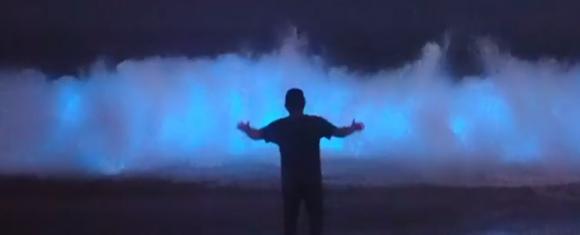
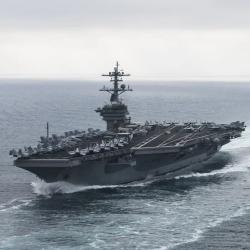 The plan was to start moving sailors who had completed a 14-day coronavirus quarantine back on the carrier USS Theodore Roosevelt beginning this Saturday.
The plan was to start moving sailors who had completed a 14-day coronavirus quarantine back on the carrier USS Theodore Roosevelt beginning this Saturday. 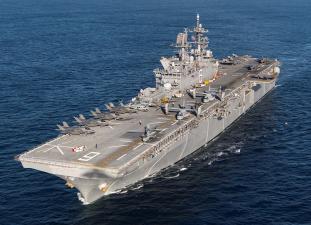 The UK Daily Mail’s headline, as shown on Google, read “
The UK Daily Mail’s headline, as shown on Google, read “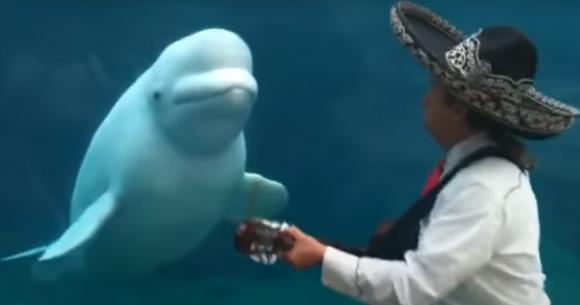 We recently
We recently  Clinton J. Pearson, a pioneer in building fiberglass yachts, passed away on April 4, 2020, at the age of 91.
Clinton J. Pearson, a pioneer in building fiberglass yachts, passed away on April 4, 2020, at the age of 91.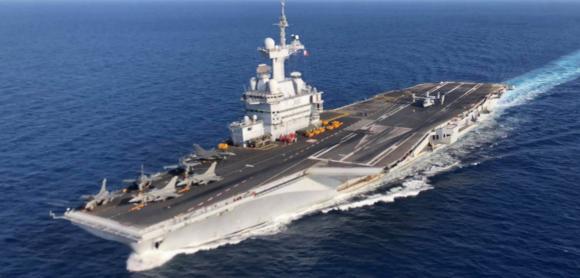
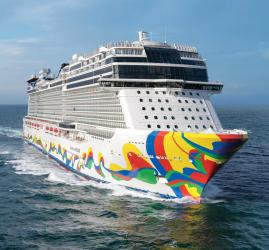 Last Thursday, the
Last Thursday, the 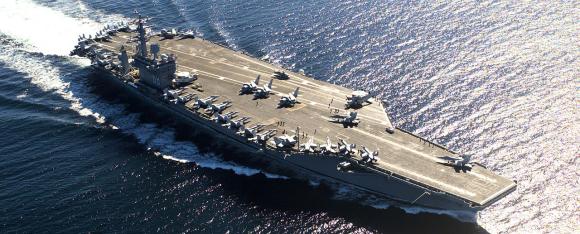 Since April 5, the U.S. Navy has required fabric face coverings for all service members and civilians where social distancing isn’t possible, such as in the cramped quarters aboard an aircraft carrier or other Navy ship. While they required face coverings, they did not, however, provide cloth masks to Navy crews. The Navy appears to be no more prepared for the pandemic than the rest of the Federal government.
Since April 5, the U.S. Navy has required fabric face coverings for all service members and civilians where social distancing isn’t possible, such as in the cramped quarters aboard an aircraft carrier or other Navy ship. While they required face coverings, they did not, however, provide cloth masks to Navy crews. The Navy appears to be no more prepared for the pandemic than the rest of the Federal government.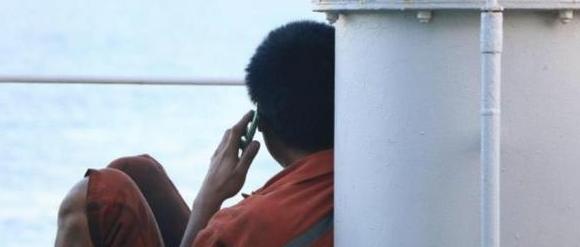 A group of maritime organizations is raising money to provide much-needed emergency funding for developing world seafarers. From their
A group of maritime organizations is raising money to provide much-needed emergency funding for developing world seafarers. From their  The maritime community has lost a great friend, shipmate, and leader in the passing of
The maritime community has lost a great friend, shipmate, and leader in the passing of 
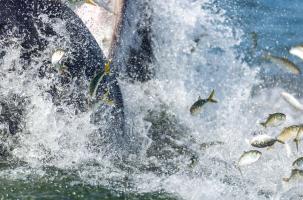 To change the topic, for a day at least, here is a well done short video by the
To change the topic, for a day at least, here is a well done short video by the